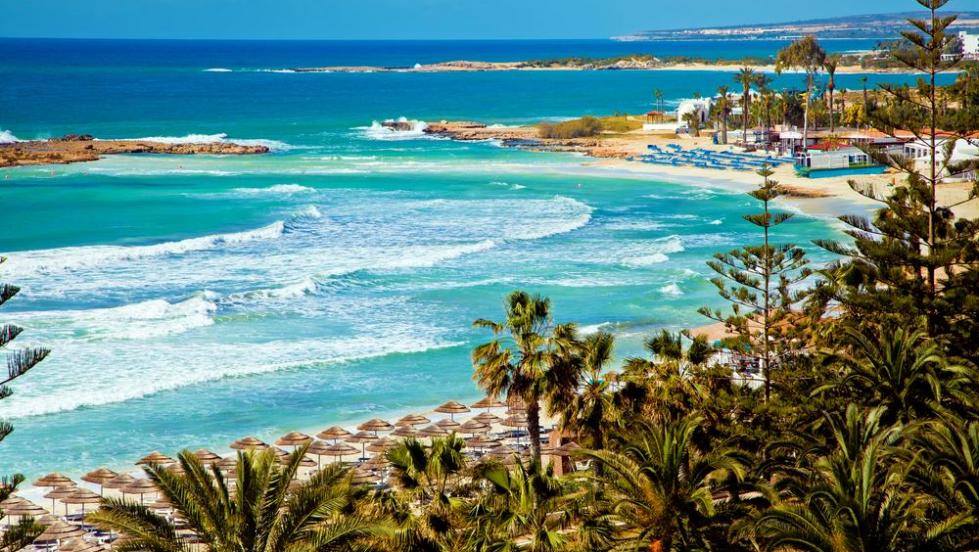About Cyprus
The Republic of Cyprus occupies the southern part of the island of Cyprus in the eastern Mediterranean. The island (and capital city Nicosia) is divided with Turkey to the north. Known for beaches, it also has a rugged interior with wine regions. Coastal Paphos is famed for its archaeological sites relating to the cult of Aphrodite, including ruins of palaces, tombs and mosaic-tiled villas. The earliest known human activity on the island dates to around the 10th millennium BC. Archaeological remains from this period include the well-preserved Neolithic village of Khirokitia, and Cyprus is home to some of the oldest water wells in the world. Cyprus was settled by Mycenaean Greeks in two waves in the 2nd millennium BC. Cyprus has a subtropical climate – Mediterranean and semi-arid type. Cyprus was part of the Ottoman Empire and after the collapse of the Empire it became part of the British administration, becoming a Crown Colony in 1925. After independence in 1960 the two different populations the Greeks and the Turks fought for control of the Island. After the cease-fire in 1974 Turkish troops had control of the Northern section of the island and Greece had control of the south, this is the situation that remains today, although both sides are trying to bring about an easing of the situation and to allow travel through between the two parts.
